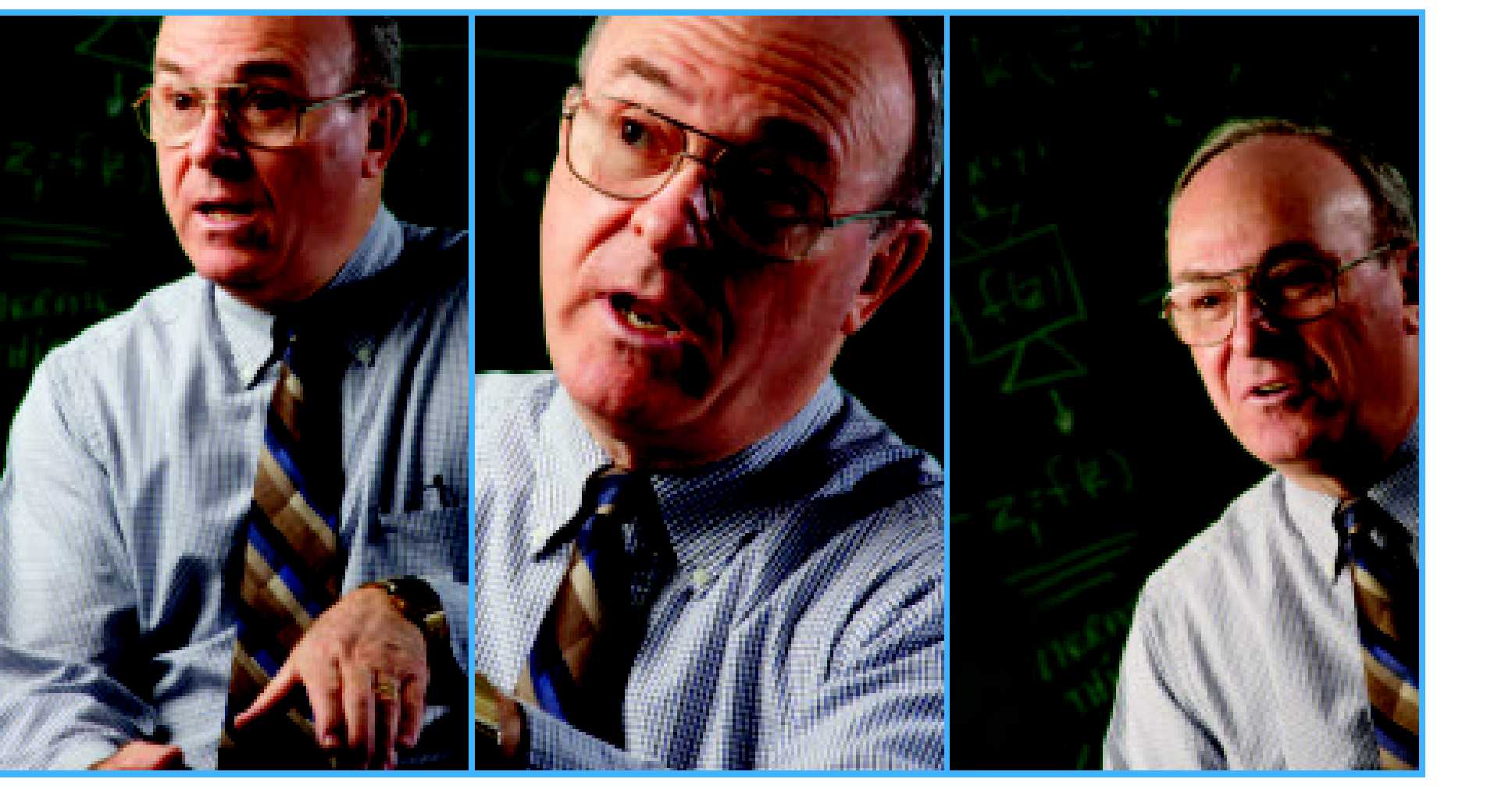Article excerpted from Wheaton Magazine, Wheaton (IL) College, Spring 2008.
Numbers aside, one of Wheaton’s most well loved math professors looks at the solutions the new campaign will provide.
Although Wheaton’s state-of-the-art science center will be pleasant, it is not the comfort of new offices and the expectation of attractive student space that capture my imagination— rather, it is the possibility of renewing Wheaton’s mathematical and scientific enterprise for the next generations of Wheaton students.
 Our existing science and mathematics facilities in Breyer and Armerding Halls have their roots in the technologies and perspectives of the 1950s and ’60s. Over the last half century the content and methods of these disciplines have grown enormously—new sub-disciplines in math and science have emerged, different interdisciplinary relationships have evolved, and new departmental interdependencies have been established. Computational chemistry, mathematical models for dynamical physical systems, environmental science, computer-based simulation and visualization, and many, many other new mathematical and scientific domains now play crucial roles in helping us to better understand important processes within God’s creation.
Our existing science and mathematics facilities in Breyer and Armerding Halls have their roots in the technologies and perspectives of the 1950s and ’60s. Over the last half century the content and methods of these disciplines have grown enormously—new sub-disciplines in math and science have emerged, different interdisciplinary relationships have evolved, and new departmental interdependencies have been established. Computational chemistry, mathematical models for dynamical physical systems, environmental science, computer-based simulation and visualization, and many, many other new mathematical and scientific domains now play crucial roles in helping us to better understand important processes within God’s creation.
In my dream for a new science building, I see students vigorously engaged in mathematics and science without the discouraging limitations imposed by two old buildings. The math and computer science department will finally have student project and research rooms, an improved seminar room, enlarged and well-lit student study rooms…and all of these in immediate proximity to our departmental faculty offices.These offices will even be large enough to help three or four students all at once—without having to search for a frequently nonexistent empty classroom. We will be freed to do science and mathematics; our classrooms will have the flexibility to be reconfigured for group work, media-based presentation, traditional lecture instruction, or seminar-style meetings. Departments will be arrayed in proximity to a central core to enable easy connection and collaboration.
As of now, the obsolescence of our old facilities along with the constraints that they impose upon learning, research, and teaching threaten to utterly compromise mathematics and science at Wheaton. I find it personally unsettling to know that we are already losing strong students who would become salt and light as cutting-edge scientists, health professionals, mathematicians, or computer scientists. Wheaton’s contribution to these disciplines stands to be diminished.
The prospect of a markedly improved teaching and learning environment with resources better configured for student engagement, practice, interaction, and collaboration really stirs my enthusiasm for The Promise of Wheaton. The new science building will create and dramatically enhance numerous possibilities for contemporary research, for more effective student mentoring and collaboration, for sophisticated interactive instruction, and for developing a renewed stream of Christian mathematicians and scientists who will not be left behind by these advancing disciplines.
Dr. Terry Perciante, Chair of Mathematics and Computer Science